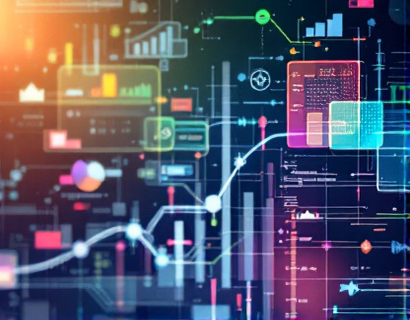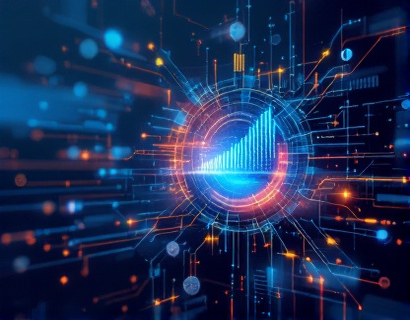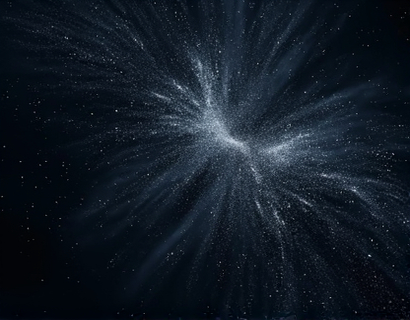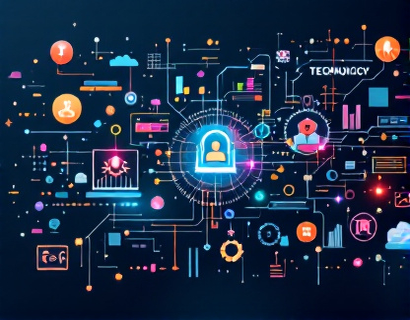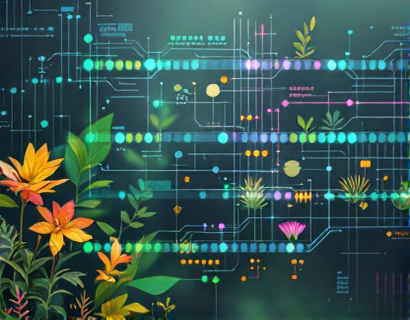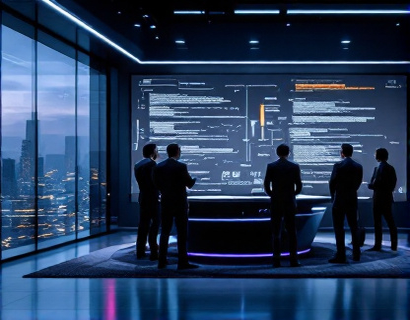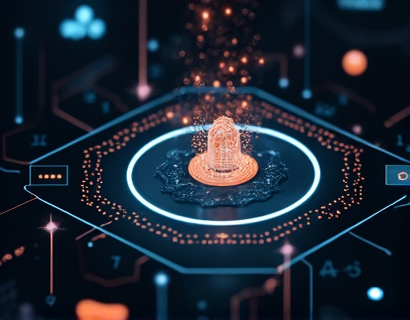Unlocking Cosmic Understanding: Personalized Astronomy Learning Transformed by AI
The field of astronomy has always been a beacon of human curiosity, inviting us to explore the vast and mysterious cosmos. Traditionally, learning about the stars, planets, and galaxies has been a daunting task, often intimidated by the complexity of celestial mechanics and the vastness of space. However, with the advent of artificial intelligence and personalized learning platforms, the way we engage with astronomy education is undergoing a revolutionary transformation. This new era of astronomy learning is not only making the subject more accessible but also more engaging and interactive, allowing both students and enthusiasts to delve deep into the universe's secrets with unprecedented ease and clarity.
Personalized Learning Paths
At the heart of this transformation is the personalized AI-driven platform designed specifically for astronomy education. This platform utilizes advanced algorithms to create tailored learning paths for each user, adapting to their individual knowledge levels, interests, and learning pace. Upon entering the platform, users are greeted with a comprehensive assessment that gauges their current understanding of astronomical concepts. Based on the results, the AI generates a customized curriculum that focuses on areas needing improvement while also offering advanced topics for those eager to dive deeper.
The personalized approach ensures that no learner is left behind or bored by material that is too basic. For beginners, the platform introduces fundamental concepts such as the solar system, stellar classification, and the life cycle of stars, using simple language and engaging visuals. As users progress, the content becomes increasingly sophisticated, covering topics like dark matter, black holes, and the expansion of the universe. This gradual escalation keeps learners motivated and challenged, fostering a deeper and more lasting understanding of the subject.
Interactive and Immersive Resources
One of the most significant advantages of this AI-driven platform is its collection of interactive and immersive resources. Traditional astronomy education often relies on textbooks and lectures, which, while informative, can be dry and difficult to engage with. In contrast, this platform offers a variety of interactive tools that bring celestial phenomena to life. Users can explore 3D models of the solar system, interact with virtual telescopes to observe real-time astronomical events, and even simulate space missions to different planets and moons.
These interactive resources are designed to enhance understanding through hands-on learning. For example, a simulation of a solar eclipse allows users to manipulate variables such as the positions of the Earth, Moon, and Sun, observing how these changes affect the eclipse's appearance. Such interactive experiences not only make learning more enjoyable but also help solidify complex concepts through practical application.
Expert Insights and Community Engagement
While personalized learning and interactive resources are crucial, the platform also emphasizes the importance of community and expert guidance. Users have access to a vibrant community of fellow astronomy enthusiasts, where they can share discoveries, ask questions, and collaborate on projects. This community aspect fosters a sense of belonging and support, encouraging learners to stay engaged and motivated.
Additionally, the platform connects users with expert astronomers and educators who provide insights, answer questions, and offer mentorship. These experts contribute articles, host live Q&A sessions, and participate in discussion forums, ensuring that users have access to the latest research and discoveries in the field. This direct connection to the astronomical community enriches the learning experience, providing real-world context and inspiration.
Enhanced Understanding Through Data Analytics
Underpinning the personalized learning experience is a robust data analytics engine. The AI continuously monitors user interactions, tracking progress, identifying strengths and weaknesses, and adjusting the learning path accordingly. This data-driven approach ensures that each user receives the most effective education possible, tailored to their unique needs. For instance, if a user struggles with understanding the concept of gravitational waves, the platform might recommend additional readings, videos, and interactive exercises focused on this topic.
Moreover, the analytics engine helps identify common areas of confusion among users, allowing educators to refine their teaching methods and create more effective learning materials. This feedback loop between users and the AI ensures that the platform remains up-to-date and relevant, continuously improving the quality of education provided.
Visualizing the Invisible: Advanced Imaging and Simulations
One of the most challenging aspects of astronomy is visualizing phenomena that are invisible to the naked eye. The AI-driven platform addresses this by incorporating advanced imaging and simulation technologies. Users can access high-resolution images and videos captured by professional telescopes and space probes, providing a window into the universe that would otherwise be unattainable.
Simulations play a crucial role in this, allowing users to visualize complex processes such as star formation, galaxy collisions, and the behavior of black holes. These simulations are not static; they are dynamic and can be manipulated in real-time, giving users a deeper understanding of the underlying physics. For example, a simulation of a supernova explosion can be adjusted to show the different stages of the event, from the initial collapse of the star to the subsequent shock wave propagating through space.
Making Astronomy Accessible to All
The platform's commitment to accessibility ensures that astronomy education is available to a diverse audience, regardless of geographical location or socioeconomic status. Users can access the platform from anywhere in the world, using any internet-enabled device. This democratization of knowledge breaks down barriers, allowing people from all walks of life to explore the cosmos and satisfy their curiosity about the universe.
Furthermore, the platform offers resources in multiple languages and includes features to accommodate users with disabilities, such as text-to-speech and adjustable text sizes. This inclusive approach ensures that everyone has the opportunity to engage with and enjoy the wonders of astronomy.
Continuous Learning and Lifelong Curiosity
The beauty of this AI-driven personalized learning platform is its support for continuous learning and lifelong curiosity. Astronomy is a field that is constantly evolving, with new discoveries and advancements being made regularly. The platform keeps users updated with the latest news and research, ensuring that their knowledge remains current and relevant. Whether it's a new exoplanet discovery, a breakthrough in dark energy research, or the launch of a new space mission, the platform provides timely and comprehensive coverage.
Moreover, the platform encourages users to pursue their interests beyond the structured curriculum. Users can explore specialized topics, such as astrobiology, cosmology, and planetary science, delving into research papers, attending webinars, and participating in advanced workshops. This ongoing learning experience fosters a deep and lasting passion for astronomy, inspiring users to contribute to the field in meaningful ways.
Conclusion
The integration of AI into astronomy education represents a significant leap forward, transforming the way we learn about the universe. By offering personalized learning paths, interactive resources, expert insights, and a supportive community, this platform makes astronomy more accessible, engaging, and enjoyable. As we continue to explore the cosmos, tools like this will play a crucial role in nurturing the next generation of astronomers and space enthusiasts, ensuring that the wonder and mystery of the universe remain within reach of everyone.




